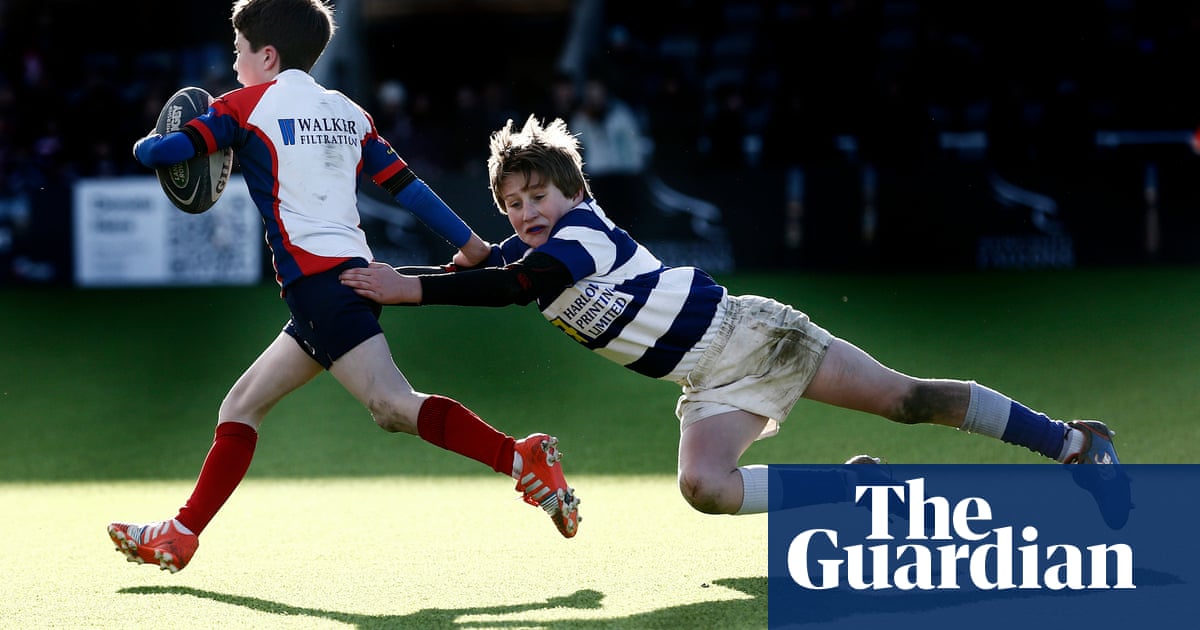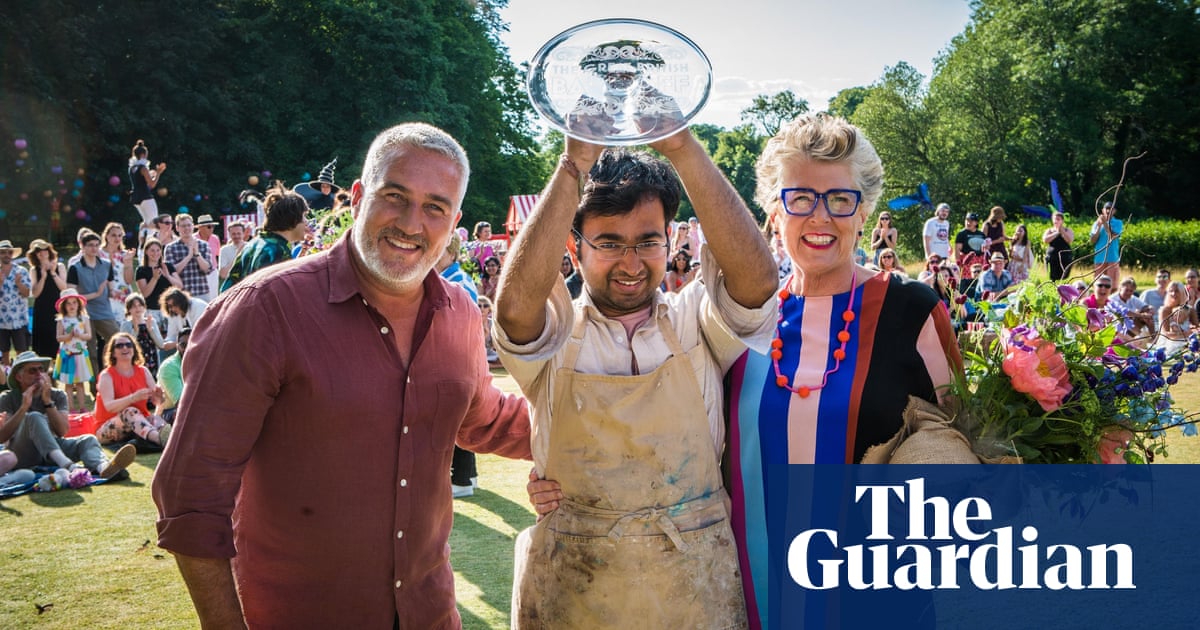
It started as a picture. In 2005, Dino Casimiro, a sports teacher in the fishing village of Nazaré, Portugal, snapped a photo of what he had long observed from the seaside cliffs: swells in the Atlantic the size of buildings, so feared and unpredictable it seemed everyone in town knew of someone who had been lost at sea. The image was stark, magnetic – a wave that appears at level with the cliff, the whitewater break like a cumulus cloud. “I immediately thought that I need to do something,” he recalls in 100 Foot Wave, a new documentary series for HBO. So Casimiro emailed the photo to American surfer Garrett McNamara with a simple question: could you come see if my wave is that big?
McNamara, 53, would know; a pioneer of big-wave surfing, in which jet skis tow a surfer in and out of pounding swells, he had pushed the boundaries of what’s considered surf-able throughout the 2000s. He’d won the Tow Surfing World Cup in Maui in 2002, traveled from California to Tahiti, surfed the tsunami of a calving glacier in Alaska. And he was looking for what seemed an unfathomable prize: a 100ft wave, the ocean’s Everest, potentially possible under fluke conditions at a few spots in the world. In 2010, five years after Casimiro’s offer, McNamara and his now wife and manager, Nicole, went straight from the airport to the Nazaré’s 17th-century lighthouse, long abandoned. It was stormy, so windy the crew could barely open their car doors. “When we pulled up and saw the waves,” Nicole told the Guardian, “Garrett just looked at the kid” – a videographer sent by the town’s city hall – “and said ‘Do not turn off the camera.’ And every day it was just a constant reminder of ‘Film this, film this, film this – because we knew what we found was super special.”
That footage, replayed in the first episode of 100 Foot Wave, marks the understated beginning of Nazaré’s transformation into the premier destination for extreme surfing. The series, directed by Chris Smith, recounts McNamara’s decade-long, ongoing quest to ride what would be the largest wave ever surfed (the current record, 80 feet, was set at Nazaré’s Praia do Norte by Brazilian surfer Rodrigo Koxa in November 2017). But with six hour-long installments, 100 Foot Wave is less insane highlight reel than sprawling portrait of an eccentric, meticulous, and extremely dedicated community drawn to Nazaré’s towering swells, from McNamara to his team of drivers and spotters, to the Portuguese hosts and local government sponsors, to an international scene of big-wave surfers.
Nazaré is singular both in scale and consistency – waves the height of multistorey buildings regularly roll in throughout the winter, the product of a huge ocean canyon, 125 miles long and three times as deep as the Grand Canyon, that terminates just off the town’s shoreline. Unlike traditional big-wave hotspots such as northern California’s Half Moon Bay or Hawaii’s Waimea Bay, the waves at Nazaré are “very chaotic and very unpredictable,” Garrett McNamara told the Guardian. “In this wave you’re never safe, because there is no channel.”
“Nobody really realizes how unpredictable Nazaré is,” said Nicole McNamara. At a typical big-wave surf spot, such as Maui’s Jaws, waves break in the same place, with established zones for catching and waiting out waves. “But then in Nazaré, every set comes into a different spot,” she said, “every wave breaks differently, some wedge, some barrel, some don’t do anything.”
The chaos breeds heightened danger and occasional magic; 100 Foot Wave features at least one of each per episode, from McNamara’s record-setting ride on a 78ft wave in 2011 to his 2016 wipeout on a 50-footer at California’s Mavericks, which shredded his shoulder and launched a painful years-long recovery process. When all goes well, the footage feels, even from a distance, chilling, CGI animation rather than documentary. The surfers appear as a speck on a sea monster, traveling 50 miles an hour or more down the slope of a 10-storey building. It’s a risk several big-wave surfers justify throughout the series as something close to nirvana – precision focus, a sublime collision of fear and awe, a sensation of flying that kneads and stretches time. When he catches a mega wave, it’s like “being a kid in a candy store, just freaking out,” said McNamara. “If I’m physically feeling ready, then fear does not enter my mind. I don’t let fear enter my mind.”
It’s also, of course, incredibly dangerous. The blunt force of a wipeout, especially on a jet ski, could knock someone unconscious; miscommunications can leave a rider stranded in pounding surf. The series includes footage from the 2013 crash of the Brazilian big-wave surfer Maya Gabeira, who was held underwater for several minutes, then accidentally towed facedown toward the shore. Resuscitated on the beach, she survived to later surf the biggest wave of the 2019-2020 season in Nazaré – a first for a woman in surfing – but her near-miss, one of several close calls featured in the series (it appears almost every surfer has one, including the lingering trauma), stands as a reminder for how severely things can go awry.
Still, “I am more nervous to let Garrett go to the grocery store with the kids, with my car keys and my credit card, than I am to watch him surf a 100ft wave,” said Nicole. “He is meant to be in the water. He is not a land mammal.
“In the water, I completely trust him,” she added. “He’s super calculated, and present. On land, he gets distracted very easily.”
With an extended runtime, the series goes deep not just on the personal demons that partly fuel McNamara’s hunger for the biggest waves, but the symbiosis of the team that built and trained at Nazaré for years, largely under the radar. Jet ski drivers (who split the pot with a winning tow-in surfer), backup skis and cliff spotters, videographers, jet ski makers, restaurant owners and trainers – big-wave surfing is “a team sport”, said McNamara.
“In other sports, you get to breathe if you make a mistake,” he said. “If you get under water, you’re at the mercy of our team coming in and getting us before we get another one on the head, and another one on the head, and another one. Or, we have to be able to handle it, and that’s where our trainer and our coaches and our people who help us stay fit come into play, the other part of the team.”
A good portion of the series observes the tightly coordinated dance on the water, especially Nicole’s perch as spotter on the cliff – keeping an eye on the surfer and informing the jet skis when and where they’re down. The job evolves on camera into a role of bird’s eye-selection, radio-ing the ski/surf team on which wave to go for, when and where the swells plow toward Nazaré. It’s like a game of waves Tetris, if you the shape of the pieces mutated and broke as you played.
Footage from each big-wave season at Nazaré evinces the growing spotlight on the town of 10,000 residents, but the 100ft creature has remained, to date, elusive to the big-wave surfers who decamp for Portugal each winter. But after several years of recovery from injury, new training and a year-plus of pandemic travel restrictions, McNamara says he’s as ready as ever for the dream catch. “If the day came and it was perfect, 100 feet, I would love to do what I’ve done so many times in my mind,” he said. At 53, “it really is never too late, it really is never too early to figure out your goals and dreams and what you love.”
100 Foot Wave starts on HBO on 18 July with a UK date to be announced












